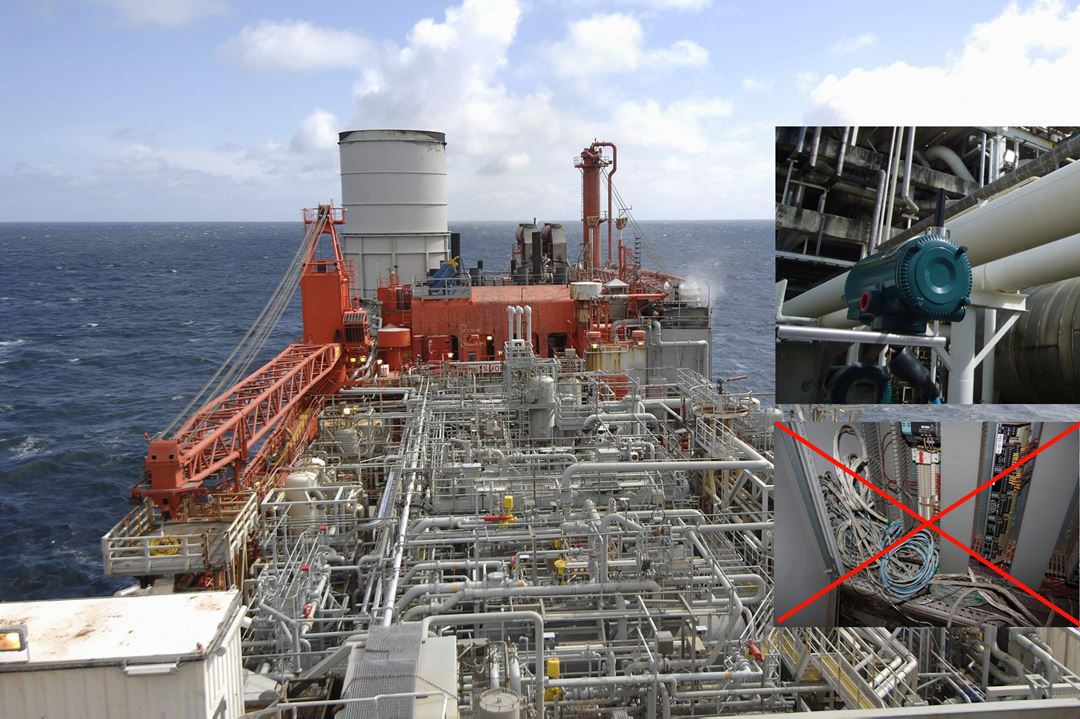A recently launched project that brings SINTEF together with Statoil, Kongsberg Maritime, ABB and DNV (Det Norske Veritas) aims to take wireless process control a step further.
The background of the project is that industry lacks good solutions in this area, and is not very familiar with advanced process control technology. On board ships and platforms, processes must be approved by class societies like DNV, and since the current regulations were never intended toapply to wireless control, the project aims to update our knowledge and win acceptance for wireless technology.
Expensive
Today, when new equipment has to be installed afloat or ashore, multiple connections are needed between instruments and their control systems if they are to operate correctly. Such connections are made via cables, and a ship's control system may require as much as 50 – 60 kilometres of cabling, which can be expensive to install, as it involves setting up scaffolding and penetrating bulkheads that subsequently have to be made fireproof and watertight again.
“On an offshore platform, a sensor might cost around NOK 10,000, while the cost of installing it could come to more than 10 times as much, due to the cabling required,” says Geir Mathisen of SINTEF ICT.
Flexibility
Implementing wireless process control reduces the need for cabling and thus also costs. The change also offers much greater flexibility, and it will be simpler to change and maintain process-control equipment..
A good example is in oil and gas production, which uses sensors to control system processes, for example to ensure that the correct proportions of oil and gas are being produced, and to determine whether production needs to be choked or perhaps even shut down.
Mathisen believes that changes in a manufacturing plant will also be simpler when cables no longer need to be installed.
Project will provide experience
“The new project will focus on four industrial case studies, and it will also operate two pilot installations with closed-loop control,” says Geir Mathisen.
The project, which is owned by ABB and financed by the Research Council of Norway, will run until 2013. SINTEF will work on aspects concerning control systems, communication and system development.
By Åse Dragland

